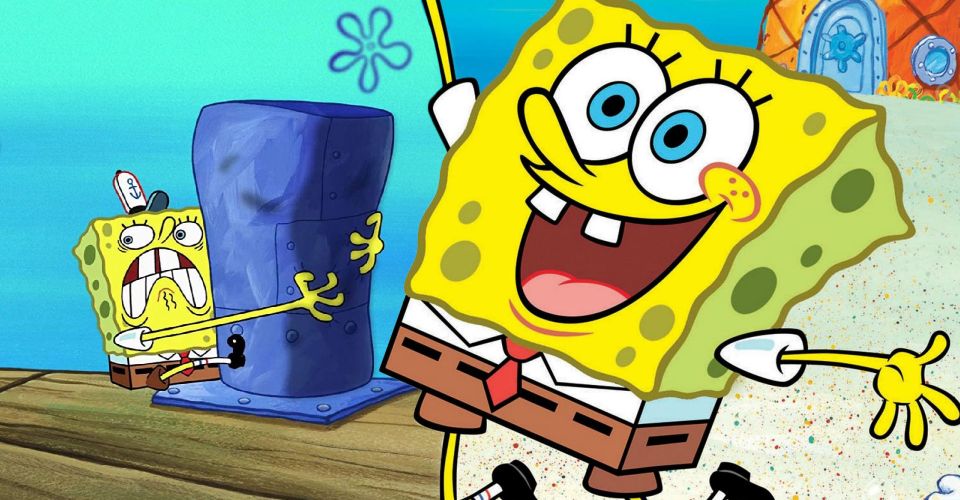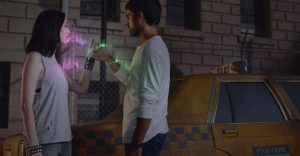SpongeBob SquarePants: Is The Show Secretly About Mental Illness?

Given its overly cheerful tone and other elements scattered through the series, SpongeBob SquarePants has made way for a variety of theories about its characters, their backstories, and their intentions, and well as some that claim to have found the real meaning of the show. Such is the case of the theory that suggests all characters from SpongeBob SquarePants represent a different mental illness, which at some points takes some dark turns. Created by Stephen Hillenburg, SpongeBob SquarePants premiered on Nickelodeon in 1999 and has been unstoppable ever since, becoming the most successful Nicktoon to date.
Since then, fans of SpongeBob have followed his adventures not only on TV but other media as well, most notably film and video games, but the TV show continues to be a favorite among children and adults. It follows the title character through many adventures in the underwater city of Bikini Bottom alongside his best friends Patrick Star and Sandy Cheeks, his neighbor and coworker Squidward Tentacles, his greedy boss Mr. Krabs, and recurrent villain Plankton. SpongeBob SquarePants has a unique sense of humor that hasn’t been everyone’s cup of tea, prompting all types of interpretations about their characters, that go from all of them being on different drugs or even being the representation of different mental illnesses.
As it happens in most cartoons, the characters’ personalities are extreme and very different from each other, with the purpose of making way for comedic and even absurd moments. However, the personalities of the characters in SpongeBob SquarePants seem to match the characteristics of different mental illnesses, prompting various viewers to see the characters as representations of these. What each character represents is up to every author, as there are many versions of the same theory, but something that most agree on is that SpongeBob himself is all about ADHD (Attention Deficit Hyperactivity Disorder), as he’s hardly ever still and his attention span is quite short except when it comes to tasks that he’s really interested in, as are cooking and jellyfish hunting.

Given Patrick’s dim-witted nature and inability to perform simple tasks, he has been labeled as the representation of intellectual disability, while Sandy has BPD (Borderline Personality Disorder). Sandy’s “diagnosis” comes from his extreme mood swings and impulsivity, which leads her to perform very risky activities. Next is Squidward, who might be all about Social Anxiety Disorder, depression, or even narcissism, given his tendency to isolate himself, his detachment from most things and people, and his big ego. Mr. Krabs represents Obsessive-Compulsive Disorder and perhaps Narcissistic Personality Disorder (NPD) too, given how obsessed he is with money and how he will always put it above all, even his daughter Pearl, who in turn represents Body Dysmorphia Disorder and is also a big narcissist, according to some viewers. Last but not least, Plankton also has NPD and/or Antisocial Personality Disorder, while Mrs. Puff has generalized anxiety and even PTSD (Post-Traumatic Stress Disorder) after having SpongeBob as her apprentice for so long.
Of course, it’s unlikely that Hillenburg and company did all this on purpose, and it’s nothing more than an interesting (and perhaps creepy to some) coincidence. If Nickelodeon wanted to represent mental illnesses in its children’s content, it surely would do it properly and not through an exaggerated cartoon, which only has the purpose of entertaining its audience, even if it has sacrificed its quality just to stay relevant for longer. Ultimately, every viewer will interpret SpongeBob SquarePants and its characters the way they want to, and as long as they don’t hurt anyone, there will continue to be more and more theories about the residents of Bikini Bottom.
About The Author

















